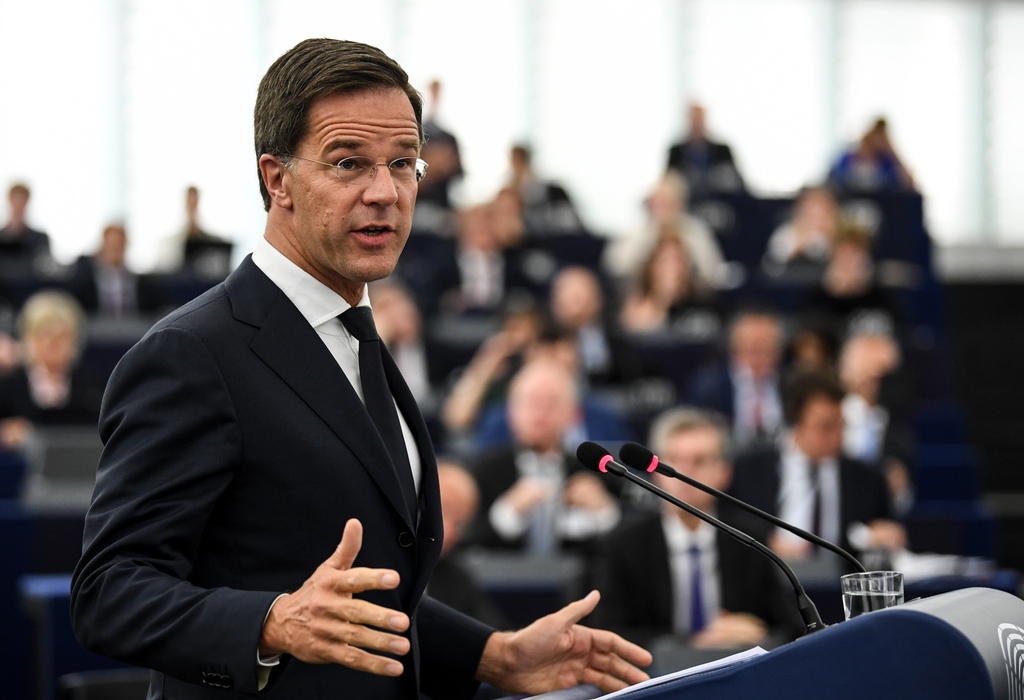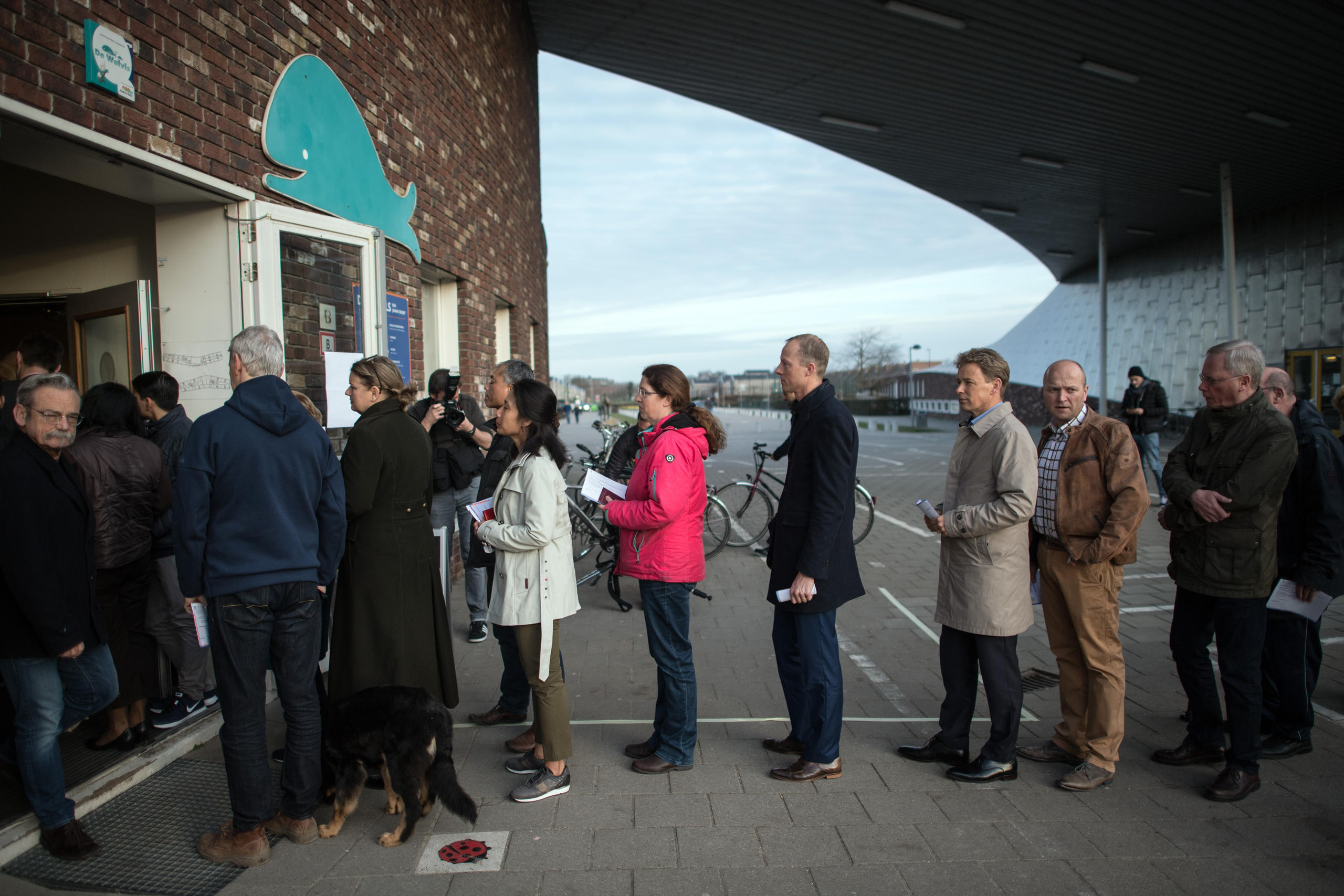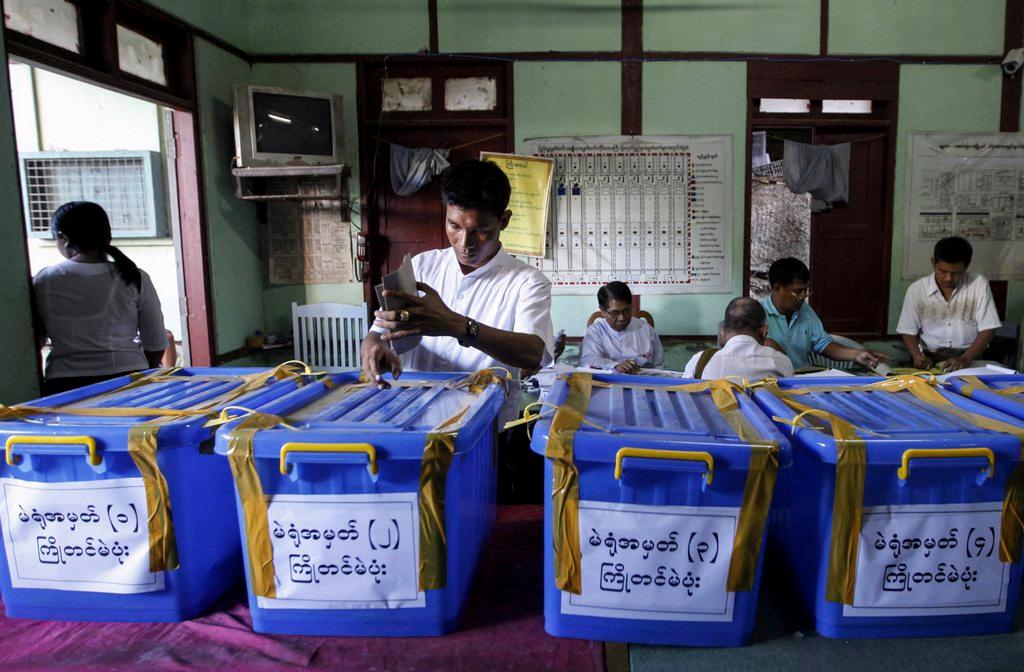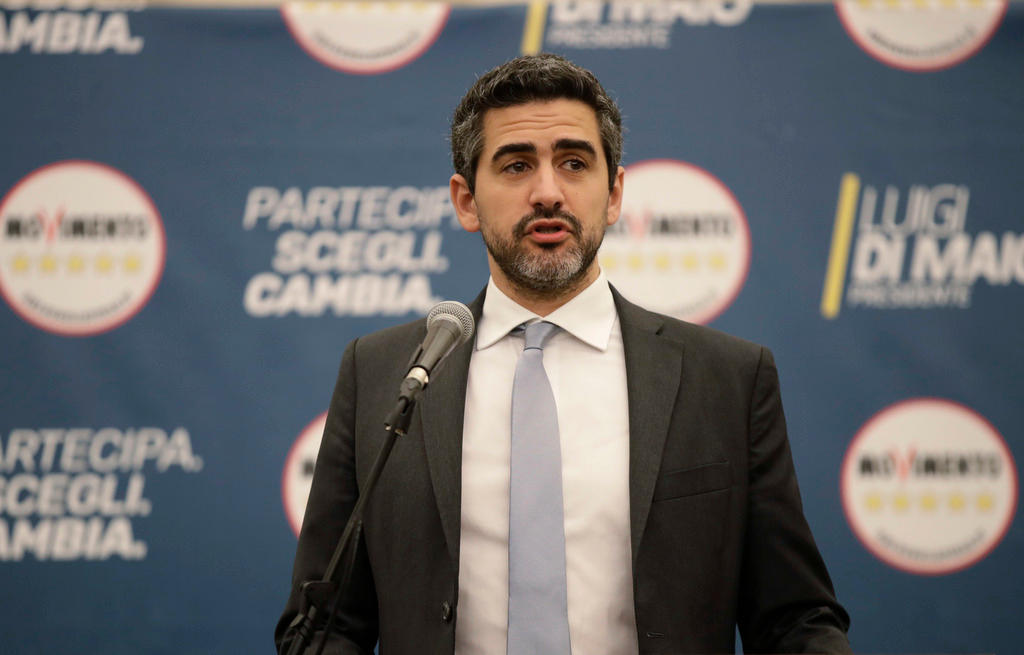How the Dutch government is trying to abolish direct democracy

For first time in history, a democratically-elected government is trying to abolish direct democracy at the national level. After only two practical uses, the Dutch government has proposed to the national parliament that it revoke the right to force popular votes.
The Netherlands has had a complicated relationship with direct democracy.
On one hand, the first parliamentary debate about introducing direct democracy was held in 1903, and various state commissions have since recommended the establishing of citizen-initiated referendums.
But as the Dutch constitution is so difficult to change, and the centre-right parties are institutionally conservative, attempts to introduce to the constitution the right to binding referendums have failed three times already.
Indeed, until 2005, the Netherlands was one of just five countries worldwide that had never held a national referendum.
The popular vote on the European Constitution, held in May that year, thus created much enthusiasm among political elites for direct democracy, and advocates in parliament quickly proposed the introduction of two types of facultative referendums: one constitutional (binding) and another statutory (non-binding).
Arjen Nijeboer is campaign manager of Meer DemocratieExternal link (“More Democracy”), a Dutch NGO campaigning for democratic reforms in the Netherlands and the EU.
Thijs Vos is associated to Meer Democratie as a researcher. He regularly writes papers published by Meer Democratie and essays in national newspapers and scientific magazines.
The views expressed in this article are solely those of the author, and do not necessarily reflect the views of swissinfo.ch. This is an edited and shortened version of a piece first was published at people2power.infoExternal link
Finally, some nine years later on July 1, 2015, the ‘Consultative Referendum Law’ (CRL) introduced the non-binding version. The CRL gave 300,000 citizens the right to trigger an optional referendum on most new laws and treaties adopted by parliament.
Euroscepticism
It would be used for the first time after just six days, on July 7 following a senate ratification of the association treaty between the European Union and the Ukraine (as well as two other association treaties between the EU and Georgia and Moldova, respectively).
Three organisations which had long been keen to organise votes on European treaties started gathering signatures for the first citizen-initiated referendum: the small Eurosceptic volunteer group Burgercomité EU, the rightwing Eurosceptic think tank Forum voor Democratie (which has since become a political party) and GeenStijl.nl (‘No Style’), a satirical but well-informed blog with the tagline “Biased, unfounded and needlessly offensive” and a cult following of 200,000 daily visitors.
The treaty was rejected by 61% of voters, creating a hazardous situation in which the government had little room to manoeuvre.
The referendum law stipulated that the rejected treaty should be either approved or rejected by parliament as soon as possible. However, the opposition – which controlled the senate – had promised that the referendum outcome would be respected, whilst the government believed the result could also be honoured by making certain changes to the treaty. But there was little support for renegotiating the pan-European treaty amongst other EU countries.
This led to a months-long political limbo in which the referendum outcome was neither confirmed nor rejected. In the end, Prime Minister Mark Rutte gained approval from his European colleagues for a new interpretation of the treaty that would be legally binding, but which did not change the treaty itself. Rutte claimed that the new interpretation addressed the concerns of Dutch voters; opponents criticized him for ignoring the people.
D66 betrayal
The most recent national elections on March 15, 2017 returned a large majority for parties who promised to support and maintain the CRL. Together, these parties now occupy 90 of the 150 seats in the main chamber of parliament. The social-liberal D66 Party, in particular, was very outspoken about its intention to defend the referendum law.
But D66 gave up its promise during the process of government formation, when it entered a coalition with several other parties that were either agnostic or against the referendum, but who had not actively spoken out during the campaign to abolish it.
Indeed, the main reason for the current government’s attempt to abolish the referendum, including D66’s U-turn, seems to be the fact that politicians disliked the outcome and aftermath of the first and – when the decision was made – only national referendum that was held on the basis of the CRL – the rejection of the EU-Ukraine treaty.

More
Dutch direct democracy: From bad to worse?
Three out of the four coalition parties – the Christian-democratic CDA, conservative-liberal VVD and especially the social-liberal D66 – are strongly pro-EU.
A referendum on the referendum?
And although the formation of the third Rutte cabinet was the longest in history – it was inaugurated on October 20, seven months after elections – it moved quickly to abolish the referendum law, and on December 20 Interior Minister Kajsa Ollongren submitted a repeal proposal to parliament.
There was one problem, however: a referendum could be requested on the repeal act itself. Several organisations had already declared that they would collect the necessary signatures to trigger such a vote, amongst them Meer Democratie (More Democracy), a small NGO campaigning for binding referendums and democratic reform, as well as the organisations that had initiated the previous referendum on the EU treaty.
A defeat in such a vote would be a major blow against the government’s attempts to abolish the referendum; to circumvent it, the government has turned to legal trickery.
For example, Article V of the repeal law states that the referendum law is not applicable to the repeal act, while Article VI says that the repeal act would go into effect retroactively, making it impossible to trigger a referendum, a dubious construction that has been criticised by many legal experts.
Opposition in parliament, but not enough
The lower house debated and voted on repealing the referendum in mid-February this year. The entire opposition came together to oppose the government’s plans, including even the SGP – a small orthodox Protestant party that favours theocracy over popular sovereignty – while amendments were also proposed to remove the legal loopholes from the repeal law.
The coalition parties maintained strict cohesion, however, and were able to reject the amendments and pass the repeal act unchanged with the smallest possible majority.
At the time of the vote, therefore, the EU-Ukraine vote had been the only experience with the non-binding citizen-initiated referendum and had completely shaped the terms of the debate.
However, during government formation a motley coalition of activists from various political backgrounds had triggered another referendum on the new Intelligence and Security Law, which contained several controversial points. This referendum took place on March 21, just a month after the lower house approved the repeal law, with the campaign happening alongside the government’s attempts to abolish the referendum. Despite polls consistently predicting a “yes” vote, a small majority of Dutch citizens rejected the law.
This referendum was widely seen as a success. Both supporters and opponents of direct democracy praised the nuanced and well-informed public debate and almost all newspaper editorials wrote that the popular vote had proved beyond doubt the value of referendums for Dutch democracy.
Even Kajsa Ollongren, minister responsible for both the intelligence and security services and repealing the referendum, declared that the referendum outcome had resulted in an improvement of the law, though the cabinet quickly noted that it would not reconsider its view on the referendum law.
However, the success of the vote implies a big problem for the government. In the aftermath of the referendum, Ollongren was barely able to explain why the government would not reconsider its position, and merely said that the problem of the Dutch referendum law lay in the word “consultative”: as the referendums are non-binding, she said, Dutch voters would not understand if and when the government did not always comply with the results.
It was already clear for some time that the government had underestimated the level of resistance in Dutch society to abolishing the CRL. But now the cabinet faces an even more difficult task. Support for the referendum law has grown, whilst the government’s popularity is down. The coalition has only a single-seat majority. If just one senator was to join the opposition’s calls against the government’s legal trickery, they could force the minister to make changes that would make it possible to trigger a referendum on the repeal act.
The fate of the Dutch referendum will probably be determined in the coming weeks, either in the senate or in the courts.

In compliance with the JTI standards
More: SWI swissinfo.ch certified by the Journalism Trust Initiative




You can find an overview of ongoing debates with our journalists here. Please join us!
If you want to start a conversation about a topic raised in this article or want to report factual errors, email us at english@swissinfo.ch.